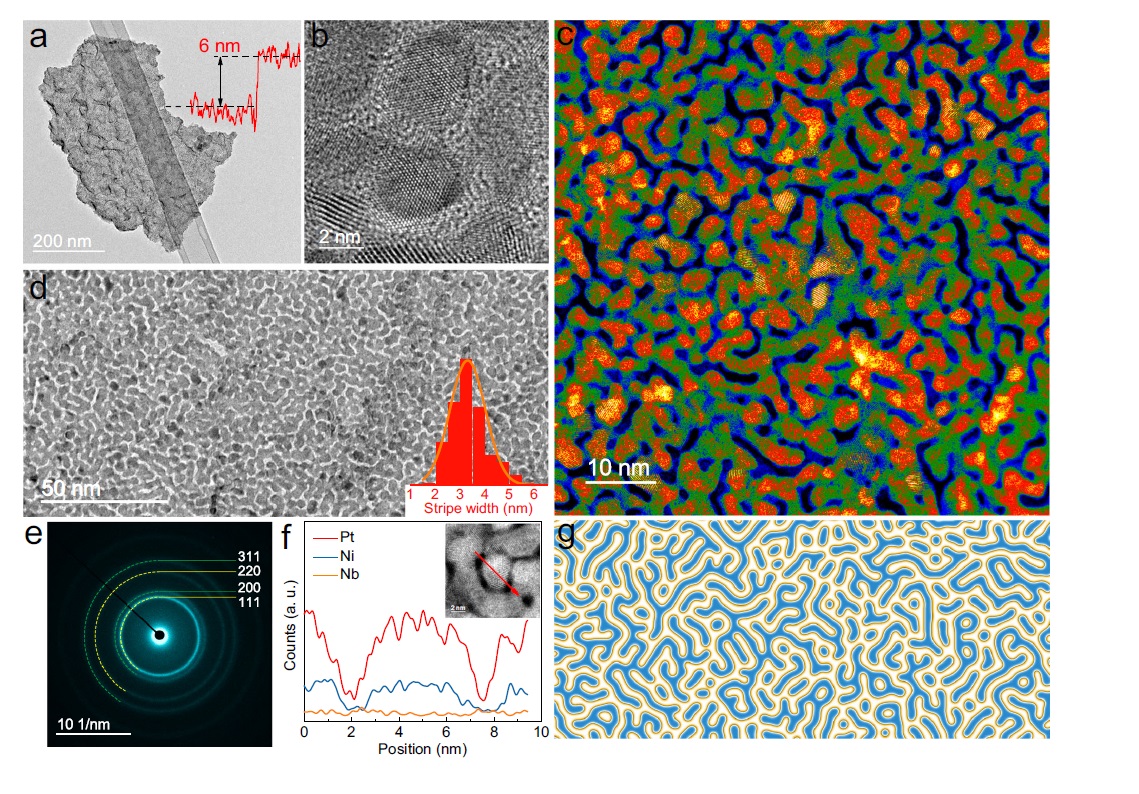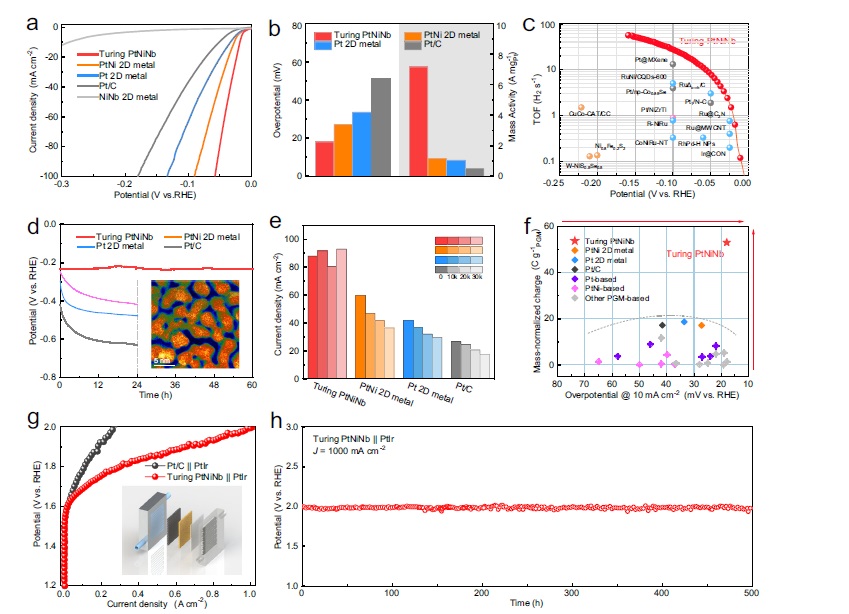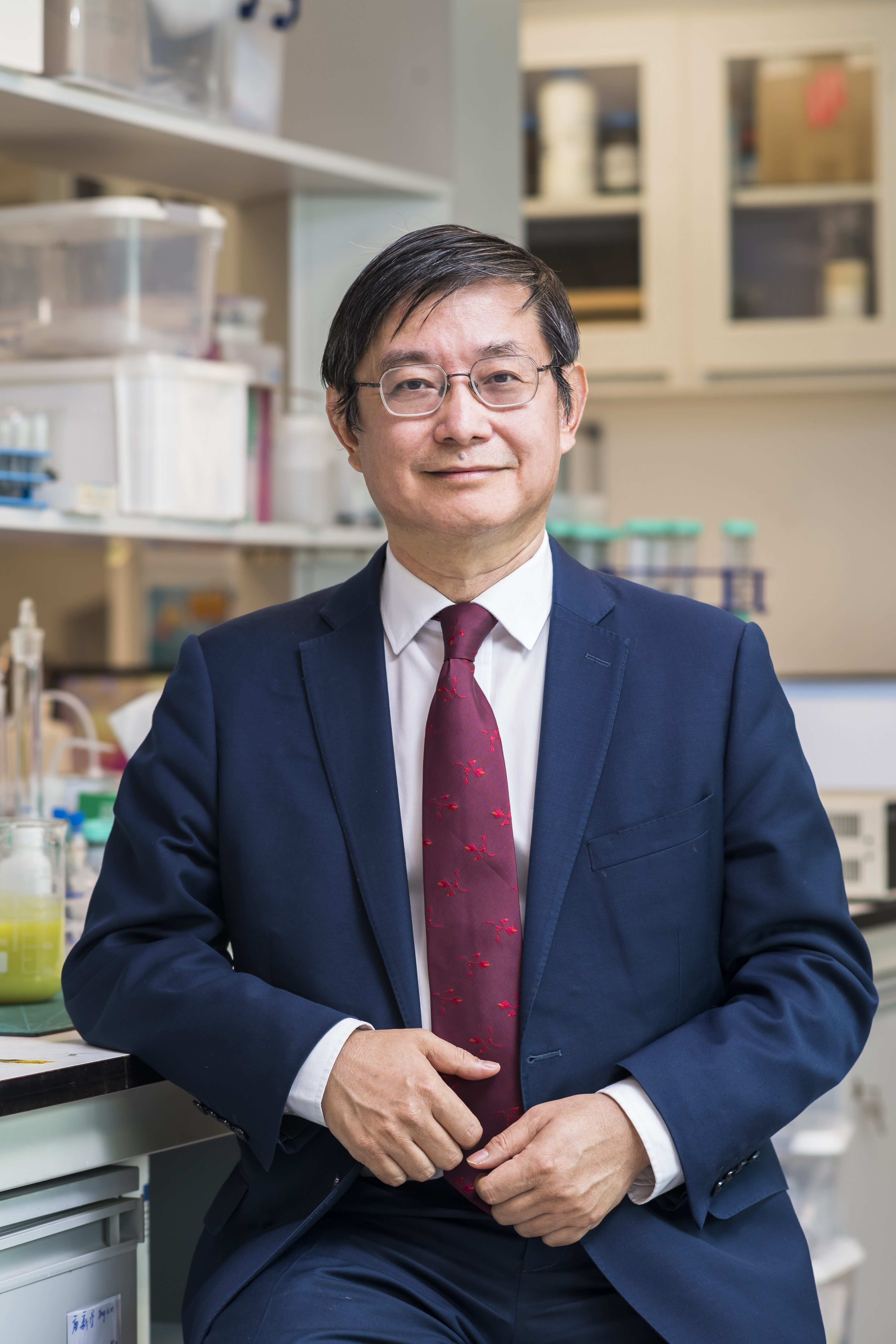We reach more than 65,000 registered users in Dec!! Register Now

Revolutionizing stable and efficient catalysts with turing structures for hydrogen production
- January 12, 2024
- 11 Views
- 0 Likes
- 0 Comment
Hydrogen energy has emerged as a promising alternative to fossil fuels, offering a clean and sustainable energy source. However, the development of low-cost and efficient catalysts for hydrogen evolution reaction remains a crucial challenge. A research team led by scientists from City University of Hong Kong (CityU) has recently developed a novel strategy to engineer stable and efficient ultrathin nanosheet catalysts by forming Turing structures with multiple nanotwin crystals. This innovative discovery paves the way for enhanced catalyst performance for green hydrogen production.
Producing hydrogen through the process of water electrolysis with net-zero carbon emissions is one of the clean hydrogen production processes. While low-dimensional nanomaterials with controllable defects or strain modifications have emerged as active electrocatalysts for hydrogen-energy conversion and utilization, the insufficient stability in these materials due to spontaneous structural degradation and strain relaxation leads to their catalytic performance degradation.
To addressing this issue, a research team led by Professor Lu Jian, Dean of the College of Engineering at CityU and Director of Hong Kong Branch of National Precious Metal Material Engineering Research Center, has recently developed a pioneering Turing structuring strategy which not only activates but also stabilizes catalysts through the introduction of high-density nanotwin crystals. This approach effectively resolves the instability problem associated with low-dimensional materials in catalytic systems, enabling efficient and long-lasting hydrogen production.
“In previous research, the fabrication of low-dimensional materials has mainly focused on structural controls for functional purposes, with few considerations on spatiotemporal controls,” Professor Lu explained the background of this research. “However, the Turing patterns in nanomaterials may be achieved by the anisotropic growth of nanograins of the materials. Such broken lattice symmetry has crucial crystallographic implications for the growth of specific configurations, such as two-dimensional (2D) materials with twinning and intrinsic broken symmetry. So we wanted to explore the application of Turing theory on nanocatalyst growth and the relations with crystallographic defects.”
In this research, the team used two-step approach to create superthin platinum-nickel-niobium (PtNiNb) nanosheets with strips topologically resemble Turing patterns. These Turing structures on nanosheets were formed through the constrained orientation attachment of nanograins, resulting in an intrinsically stable, high-density nanotwin network which acted as structural stabilizers which prevented spontaneous structural degradation and strain relaxation.

“Our key findings provide valuable insights into the activation and stabilization of catalytic materials with low dimensions. It presents a fresh paradigm for enhancing catalyst performance,” said Professor Lu. “The Turing structure optimization strategy not only addresses the issue of stability degradation in low-dimensional materials but also serves as a versatile material optimization approach applicable to other alloying and catalytic systems, ultimately enhancing catalytic performance.”
The first authors are –Dr Gu Jialun and Miss Li Lanxi from CityU. The corresponding author is Professor Lu. Other collaborators from CityU include Dr Xie Youneng, Dr Chen Bo, Dr Wang Yanju, Mr Zhong Jing and Dr Shen Junda.
The research was supported by CityU, the General Research Fund Scheme, the Innovation and Technology Commission of HKSAR, the National Key R&D Program of China, the Guangdong Provincial Department of Science and Technology and others.
List of Referenes
- Jialun Gu, Lanxi Li, Youneng Xie, Bo Chen, Fubo Tian, Yanju Wang, Jing Zhong, Junda Shen, Jian Lu. Turing structuring with multiple nanotwins to engineer efficient and stable catalysts for hydrogen evolution reaction. Nature Communications, 2023; 14 (1) DOI: 10.1038/s41467-023-40972-w
Cite This Article as
No tags found for this post









